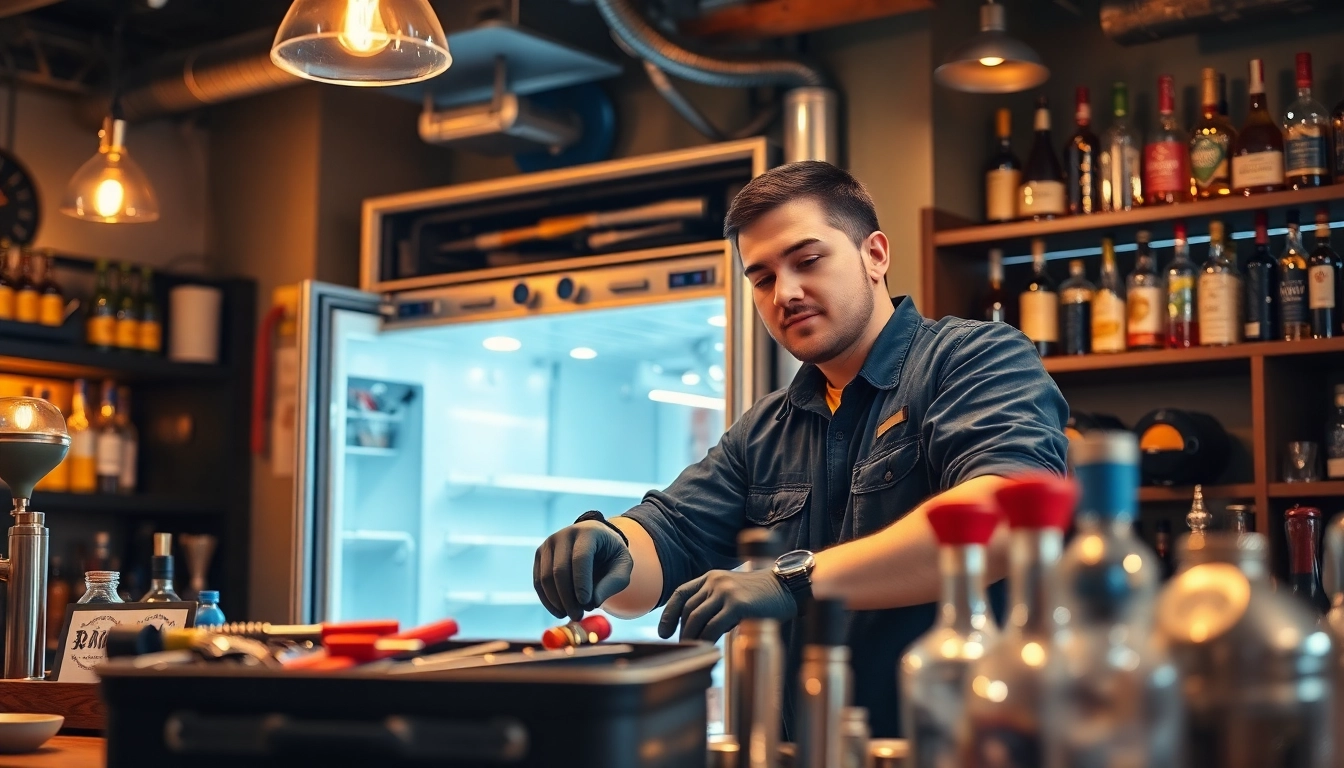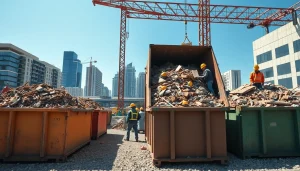Reliable Bar Refrigeration Repair: Ensuring Cooler Efficiency for Your Business

Understanding Bar Refrigeration Systems
Bar refrigeration systems play a crucial role in maintaining the quality and freshness of the beverages and food items served in bars, restaurants, and similar establishments. These systems are designed to handle the rigorous demands of high-volume service while ensuring optimal temperature control. Proper understanding of how these systems work is essential for any business owner focused on operational efficiency and customer satisfaction.
1. Types of Bar Refrigeration Equipment
Bar refrigeration comes in various types, each suited for specific needs within a commercial setting. The main categories include:
- Underbar Refrigerators: These units fit beneath the service counter, keeping beverages, garnishes, and other items accessible while maximizing space.
- Back Bar Coolers: Located behind the bar, they offer efficient storage for bottles and cans, ensuring quick access for bartenders.
- Ice Makers: Essential for many bar operations, these machines provide the necessary ice for cocktails and drinks.
- Walk-in Coolers: Larger establishments may utilize walk-in systems for bulk storage of perishable items, allowing for efficient organization and inventory management.
- Reach-in Refrigerators: These are standalone units that allow quick access to frequently used items.
2. Common Issues Faced by Bar Refrigeration Systems
While bar refrigeration systems are robust, they can experience a variety of issues over time. Common problems include:
- Temperature Fluctuations: Inconsistent temperatures can lead to spoiled products and dissatisfied customers.
- Unusual Noises: Any odd sounds from the unit may indicate mechanical problems or failing components that need immediate attention.
- Inefficient Cooling: If the system struggles to maintain the desired temperature, it can lead to increased operational costs and spoilage.
- Frost Build-Up: Excessive frost can impede the unit’s efficiency and lead to performance issues if not addressed promptly.
3. Importance of Regular Maintenance
Regular maintenance is vital for ensuring the longevity and efficiency of bar refrigeration systems. Routine checks can prevent unexpected breakdowns and costly repairs. By scheduling preventive maintenance visits, bar owners can:
- Identify issues before they escalate into failures that require extensive repairs.
- Optimize energy efficiency, which can result in significant cost savings in utility bills.
- Extend the lifespan of the equipment, ultimately protecting the initial investment.
Identifying Signs Your Bar Refrigeration Needs Repair
Recognizing the early signs of trouble in your bar refrigeration system can save you both time and money. Being proactive allows for necessary maintenance before serious issues arise.
1. Unusual Noises and Their Implications
If your refrigeration system begins making irregular noises, it could indicate a mechanical fault. Buzzing or clicking noises might suggest problems with the compressor, while high-pitched whines could stem from fan issues. Addressing these noises promptly can prevent further damage and maintain system efficiency.
2. Temperature Fluctuations: When to Act
Frequent temperature changes within your refrigeration unit can impact beverage quality. If items begin freezing in certain areas or food items are not kept at safe temperatures, it is crucial to call in a professional. Continuous monitoring of temperature is key to detecting these issues early.
3. Condensation and Ice Buildup Issues
Visible condensation or ice accumulation on the unit signifies potential problems such as blocked vents or issues with insulation. This not only affects cooling efficiency but can also lead to excess moisture, which may promote mold growth in your bar area. It’s essential to address these signs immediately.
DIY Troubleshooting for Minor Bar Refrigeration Repairs
While many refrigeration issues require professional help, some minor repairs can be tackled with a bit of know-how. Here are steps for troubleshooting common issues:
1. Cleaning the Condenser Coils
Dirty condenser coils can significantly impact the performance of your refrigeration system. Regular cleaning removes dirt and debris that can cause the system to work harder than necessary. To clean the coils, unplug the unit, remove any protective panels, and brush off the coils with a soft brush or vacuum.
2. Checking Temperature Settings
Confirm that the temperature settings are accurate and appropriate for the items stored. For most bar refrigeration systems, the ideal temperature should be between 33°F and 38°F. Adjust if necessary, and monitor to see if problems persist.
3. Inspecting Door Seals and Gaskets
Check the integrity of door seals and gaskets. If these are dirty or damaged, cold air may leak out, forcing the unit to work harder. Clean or replace gaskets as necessary to maintain efficiency.
When to Call for Professional Bar Refrigeration Repair
Not all issues can be solved with DIY fixes; knowing when to seek professional assistance is essential for maintaining your refrigeration system’s health.
1. Assessing Complexity of the Problem
If you have undertaken basic troubleshooting steps without success, it may be time to call in the professionals. Complex issues like compressor failure or refrigerant leaks require specialized knowledge and tools.
2. Benefits of Professional Services
Hiring a professional can save you time and reduce the risk of damaging your equipment further. Professionals have the experience to diagnose and fix problems correctly, ensuring your system operates efficiently moving forward.
3. Finding a Trustworthy Repair Technician
When searching for a technician, look for licensed professionals with proven experience in bar refrigeration systems. Online reviews, referrals from fellow business owners, and certifications can help you identify reliable service providers. Be sure to inquire about warranties or guarantees on repairs completed.
Preventive Maintenance for Bar Refrigeration Systems
Creating a preventive maintenance plan is crucial for avoiding costly repairs and ensuring optimal performance of bar refrigeration systems. This involves regular inspections, servicing, and a proactive approach towards potential issues.
1. Scheduled Maintenance Plans: What to Include
A comprehensive maintenance plan should include the following tasks:
- Regular cleaning of condenser and evaporator coils.
- Checking and replacing filters as necessary.
- Inspecting refrigerant levels and identifying any leaks.
- Monitoring temperature settings frequently to catch fluctuations.
- Ensuring proper drainage of condensation to prevent buildup.
2. Long-term Benefits of Preventive Care
Engaging in routine preventive maintenance not only prevents emergency repairs but also enhances energy efficiency, leads to consistent performance, and lowers overall operational costs in the long run. Regular checks also maintain the hygiene and safety standards crucial in food and beverage service environments.
3. Key Performance Metrics to Monitor
To gauge the efficiency of your bar refrigeration system, monitor performance metrics such as:
- Energy Consumption: Track kilowatt-hour usage to ensure efficiency.
- Cooling Performance: Assess temperature stability over time.
- Frequency of Repairs: Note how often service is needed.
- Ice Production Rates: For ice machines, ensure production meets service demand.






